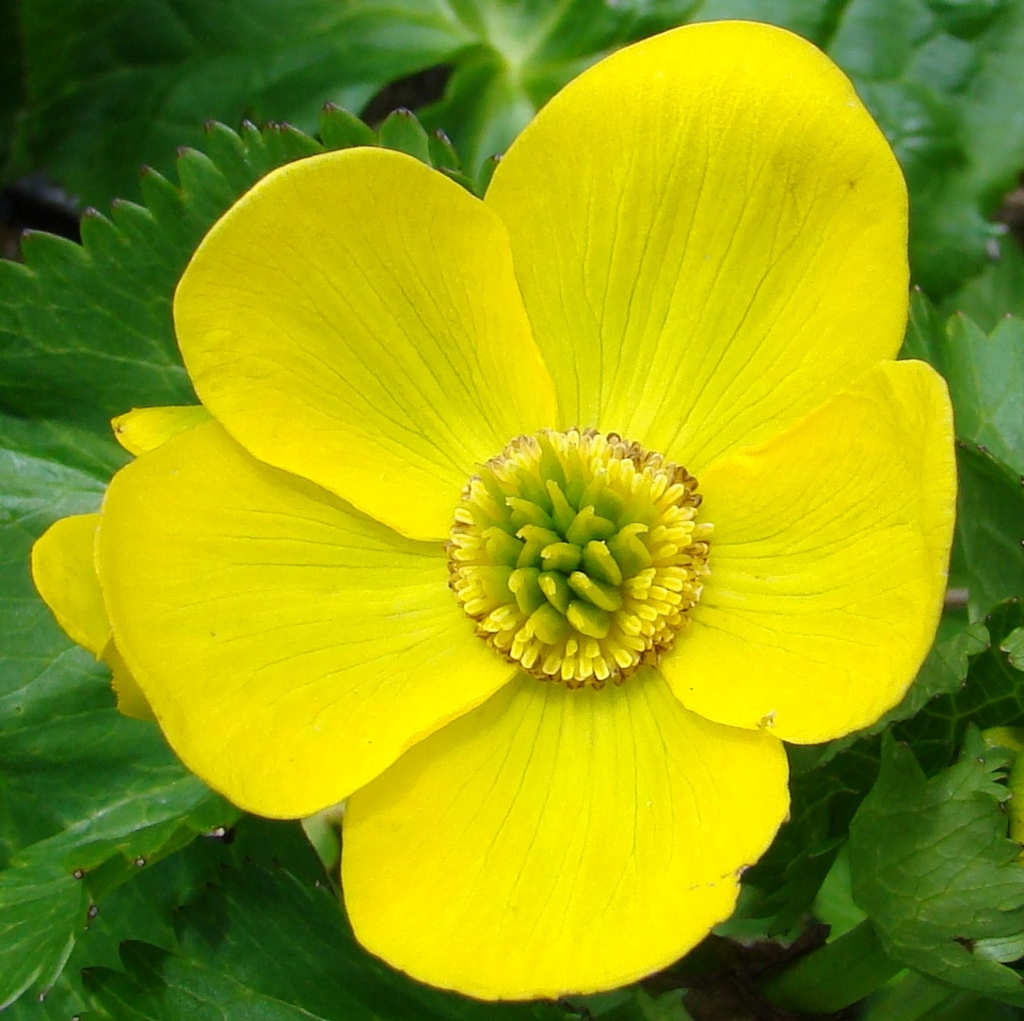
Caltha palustris
Caltha palustris, commonly known as the Marsh Marigold, is a radiant flowering plant found in the wetlands, marshes, and stream banks of the Great Himalayan National Park (GHNP). This herbaceous perennial is celebrated for its striking golden-yellow blooms that appear in early spring, brightening damp areas at elevations between 2,500 and 4,000 meters.
Belonging to the buttercup family (Ranunculaceae), Caltha palustris features glossy, heart-shaped leaves and cup-shaped flowers with five to nine petal-like sepals. Its blooming season spans from April to June, coinciding with the melting of snow in alpine regions. The vibrant color of the Marsh Marigold not only adds beauty to the Himalayan landscape but also plays a role in attracting early pollinators like bees and flies.
| Botanical name | Caltha palustris |
| Family | Ranunculaceae |
| Description and uses | It is an erect, branched herbs, 15-50 cm tall. Radical leaves surrounded by membranous sheath. The best season for flowering and fruiting is June-September and common in marshy situations and in glacial moraines of Sainj and Tirthan valley. The powdered form of leaves is used to keep maggots out of cattle wounds. The local people sometimes use the green leaves to clean their hands. |
Within GHNP, Caltha palustris contributes to the biodiversity of alpine wetland ecosystems. It thrives in moisture-rich soils and serves as an indicator of healthy, unpolluted water sources. This plant is also ecologically important, stabilizing soil along streambanks and supporting aquatic and semi-aquatic food chains.
Although Caltha palustris is not widely used medicinally in the region due to its toxicity when raw, traditional knowledge sometimes includes the use of its boiled parts in small quantities for external applications. However, caution is advised due to its irritant properties.



